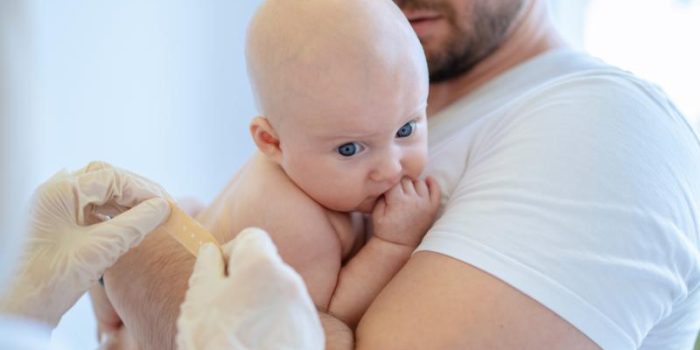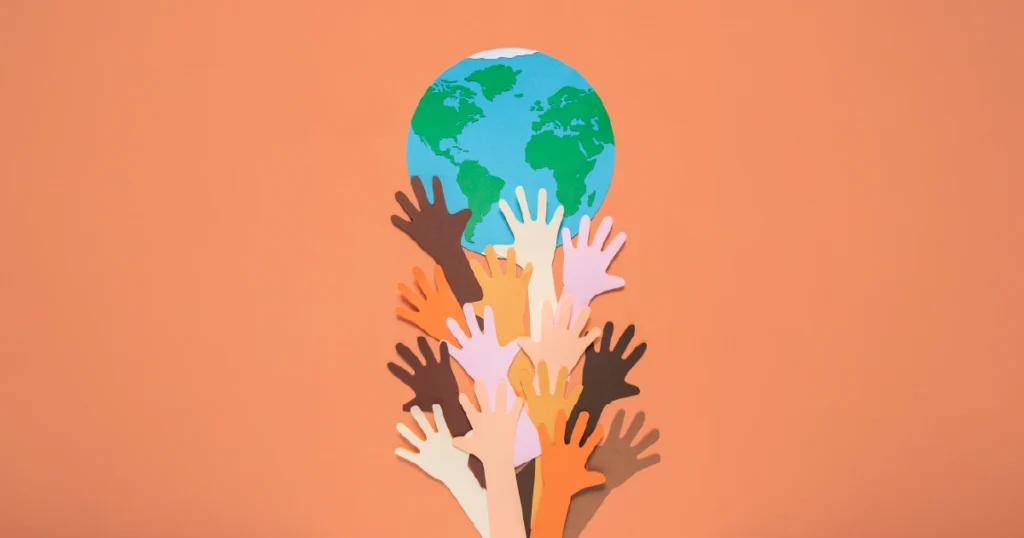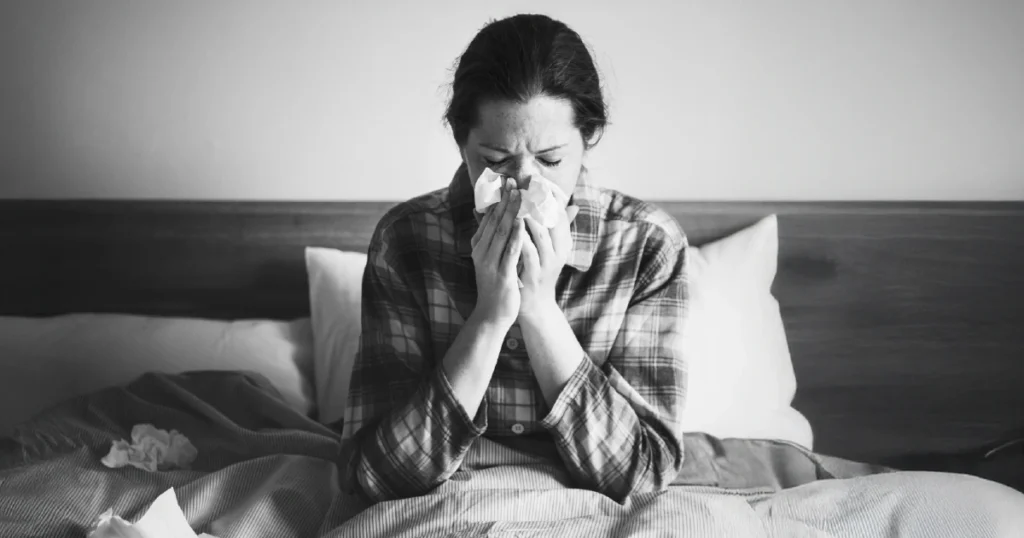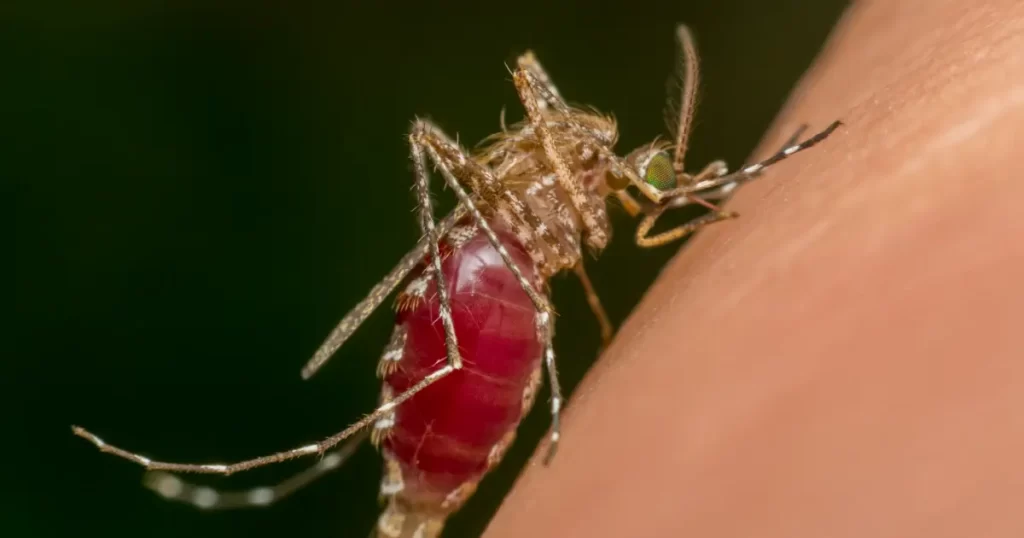The World Health Organization (WHO) has released its annual global childhood immunization report, which shows modest gains amid difficult dynamics in 2024 compared to 2023.
Notably, there are still 14.3 million “zero-dose” children who have never received a single dose of any vaccine. That’s 4 million more than the 2024 target needed to stay on track with Immunization Agenda 2030 goals and 1.4 million more than in 2019, the baseline year for measuring progress, the WHO said.
Overall, in 2024, 89% of infants globally (115 million) received at least one dose of the diphtheria, tetanus and pertussis (DTP)-containing vaccine, and 85% (109 million) completed all three doses. One million more children completed the full three-dose DTP series in 2023 than in 2024.
Since 2019, data from 195 countries show that 131 countries have consistently reached at least 90% of children with the first dose of DTP vaccine, a strong number but one that has remained unchanged for 5 years.
Conflict linked to drop in coverage
Of the 19.9 million children who either have no vaccines or only partial DTP vaccination coverage, 55% live in 10 countries, including Afghanistan, the Democratic Republic of the Congo, Ethiopia, India, Indonesia, Nigeria, Pakistan, the Philippines, Sudan, and Yemen.
Countries with ongoing conflict are home to the biggest gaps in childhood vaccination coverage. “A quarter of the world’s infants live in just 26 countries affected by fragility, conflict, or humanitarian crises, yet they make up half of all unvaccinated children globally,” the WHO said.
“Concerningly, in half of these countries the number of unvaccinated children has expanded rapidly from 3.6 million in 2019 to 5.4 million in 2024, underscoring the need for humanitarian responses to include immunization.”
More measles vaccine coverage, but more outbreaks
Globally in 2024, 84% of children received the first dose and 76% receiving the second dose of measles vaccine, a slight increase from the previous year. An estimated 2 million more children were reached in 2024, but overall coverage is far below the 95% needed in every community to prevent outbreaks.
This means 30 million children remain at risk for measles, and in 2024, the number of countries experiencing large or disruptive measles outbreaks rose sharply to 60, nearly doubling from 33 in 2022, the WHO said.
The Pan American Health Organizationreleased a factsheet on regional coverage in light of the WHO’s report, showing significant gains in hepatitis B vaccination, which increased from 64% to 68% from 2019 to 2024, and pneumococcal conjugate vaccine (PCV3), which rose from 76% to 79%.
The Americas also had the highest global coverage of human papillomavirus (HPV) vaccine, with 76% of girls under 15 years of age receiving at least one dose.
Vaccines save lives, allowing individuals, families, communities, economies and nations to flourish.
“Vaccines save lives, allowing individuals, families, communities, economies and nations to flourish,” said WHO Director-General Tedros Adhanom Ghebreyesus, PhD. “It’s encouraging to see a continued increase in the number of children being vaccinated, although we still have a lot of work to do. Drastic cuts in aid, coupled with misinformation about the safety of vaccines, threaten to unwind decades of progress.”













